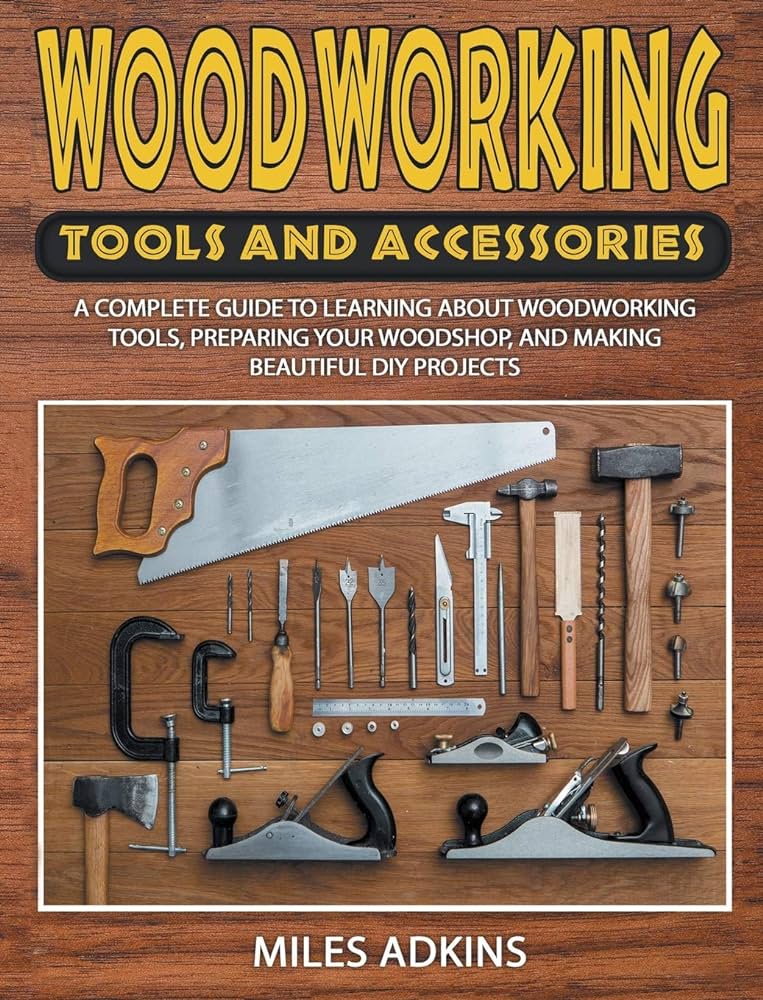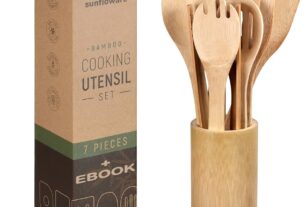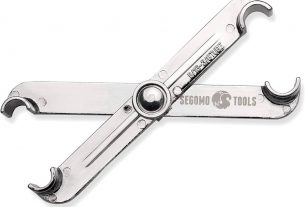If you’re a woodworking enthusiast, you know that the right tools make all the difference in achieving that perfect finish. When it comes to hand hewing, having the right set of tools can be the deciding factor in creating a masterpiece or just another average woodwork piece.
In this article, we’ll take you through everything you need to know about hand hewing tools. From the different types available, their uses, and how to maintain them, we’ve got you covered.
So grab your favorite cup of coffee and let’s dive in!
Types of Hand Hewing Tools
1. Adzes
An adze is a multi-purpose tool that’s used for shaping and smoothing wood surfaces. It has a curved blade that’s positioned perpendicular to the handle, making it ideal for cutting across the grain.
Adzes come in various shapes and sizes, with some featuring long handles while others have shorter ones. They are commonly used for carving bowls, spoons, and other curved objects.
2. Drawknives
Drawknives are versatile tools that have been used for centuries by carpenters and woodworkers alike. They feature a long blade with handles on either end, allowing the user to pull it towards themselves to remove shavings from a piece of wood.
Drawknives come in different sizes, with larger blades being used for removing rough bark while smaller ones are perfect for finer work like carving intricate designs.
3. Axes
Axes are one of the most common hand hewing tools used by woodworkers worldwide. They come in various shapes and sizes depending on their intended use, with some featuring straight blades while others have curved ones.
Axes are great for rough-cutting timber into rough shapes before refining them further using other tools like drawknives or chisels.
4. Chisels
Chisels are a must-have tool for any woodworker, whether you’re a beginner or an expert. They come in various sizes and shapes, with some featuring straight blades while others have curved ones.
Chisels are used for cutting precise grooves and notches in wood surfaces. They require a steady hand and lots of practice to master, but once you do, the results can be breathtaking.
5. Gouges
Gouges are another type of chisel that feature a curved blade. They’re used primarily for carving intricate designs and patterns into wood surfaces.
They come in different shapes and sizes, with some having shallow curves while others feature deeper ones. Gouges require a lot of skill to use effectively, but the results can be truly stunning.
Uses of Hand Hewing Tools
1. Carving Bowls
Hand hewing tools like adzes and gouges are perfect for carving bowls out of logs. With their curved blades, they can easily shape and smooth the inside surface of the bowl to create a unique and beautiful piece.
2. Making Furniture
Hand hewing tools like drawknives and chisels are great for making furniture pieces like chairs, tables, and benches. They allow you to create intricate designs on the surface of the wood while also smoothing it out to give it a polished finish.
3. Carving Decorative Objects
Hand hewing tools like axes and chisels can also be used to carve decorative objects like figurines and other intricate designs. With their sharp blades and precise cutting edges, they can bring even the most complex designs to life.
How to Maintain Hand Hewing Tools
Proper maintenance is key to ensuring that your hand hewing tools remain in good condition for years to come. Here are some tips on how to take care of them:
1. Keep them Sharp
One of the most important things you can do to maintain your hand hewing tools is to keep them sharp. Dull blades can result in rough cuts and can make it difficult to achieve the desired finish.
2. Clean Them After Use
After using your hand hewing tools, it’s important to clean them thoroughly before storing them away. This helps prevent rust and other forms of corrosion from damaging the blade or handle.
3. Store Them Properly
When not in use, store your hand hewing tools in a dry place where they won’t be exposed to moisture or extreme temperatures. This helps prevent rust and other types of damage that can occur over time.
Conclusion
Hand hewing tools are an essential part of any woodworker’s toolkit. By having the right set of tools and knowing how to use them effectively, you can create stunning pieces that will last for years to come.
Remember to keep your hand hewing tools sharp, clean them after use, and store them properly to ensure that they remain in good condition. With a little practice and patience, you’ll be able to create beautiful masterpieces that will be the envy of all your friends and family.
Wiki Reference: https://en.wikipedia.org/wiki/Woodworking_tools




